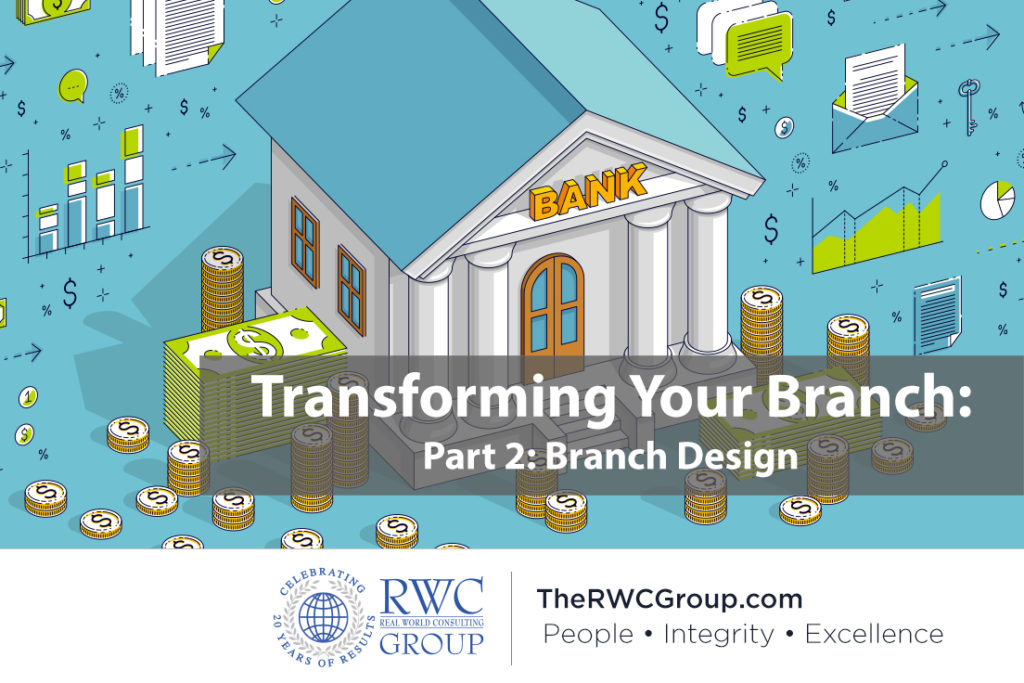
Take a moment to consider the contrast of our current banking experience to that of our parents or grandparents. Historically, banks have been a marvel to look at. The distinguishable structures with substantial materials, ornate teller counters, and resolute vaults demonstrated their influence as a symbol of strength and security. Frequent bank visits were a way of life, not only out of necessity but also as a welcomed responsibility that evoked a sense of excitement as checks were cashed, deposits were made and financial guidance was shared from long-standing personal bankers. Customers relied on the relationships built with their financial advisors and tellers, and placed strong value on this rapport.
As the development of financial technologies has continued to improve bank operations and services, it has launched a considerable shift in our banking experiences. FinTech innovations have increased convenience with the emergence of automation such as ATMs which lessened the need for in-bank visits, payments have been expedited with credit cards and imaging technologies which caused a reduction physical bank note usage and vault security concerns, and accessibility is now broad and immediate with online and mobile banking applications which has slashed the need for in-person transactions. The spawn of the financial technology boom served to meet various industry motivations, but the success of these advancements ultimately lied in user adoption. And as the adaptation of consumer behavior has taken hold, customer expectations have evolved as well.
While banking may appear to be completely different than it was in a few decades ago, foundational values still remain. Security, for example, is still top of mind but has shifted towards cyber security rather than cash security. Relationships, now strongly driven by technology, look less like tellers greeting a customer by first name and more like accessing in-depth customer information with a touch of a button. And branch banking, having endured the changing landscape of technology and customer experiences, still holds true as a valuable staple in banking requirements. Now, branch designs are transforming as customers seek financial institutions that allow them the choice: personal banking when they want it, or technology-enabled transactions when they don’t. Today, the very best branches allow for the combination of both, sitting side-by-side.
Recent research from PwC revealed that 65% of customers say they still want access to a local branch. While financial institutions can no longer compete on price in a flat-rate environment, they can compete on experience, which is exactly what consumers are looking for. An innovative and accessible omnichannel digital and branch experiences that allows the customer to choose what experience they want, and when. Delivery of this transformation is key for bank management to consider in a time when customers are accustomed to change and increasingly expect it. The question then is how to deliver change across an expanding spectrum of customer expectations while balancing the needs of retail and commercial customers, digital and in-person amenities, and self-service versus advisory preferences.
More than anything, the key to a transformed branch is one that is the physical manifestation of the bank’s brand while allowing high-tech delivery and personal service to sit side-by-side, blending self-service and professional guidance so customers can choose how they prefer to execute their transactions.
Core Elements of a Transformed Branch Design:
- Zones that attend to individual customer preferences including self-service installments, in-person transaction areas, demonstration spaces, and private meeting accommodations
- Flexible technology-enabled services to fit each branch’s customer needs
- Modernized floor plans and styling
- Defined strategy and approach that meets both corporate objectives and individual branch needs, examining topics that include:
- Increasing your branch footprint vs updating existing branches
- Remodeling existing branches vs purchasing new locations or building from scratch
- Ensuring bank brand is safeguarded across all locations and transactions vs customization of branches to fit specific customer base, especially across varying geographical regions
- Assessing the success of existing technology improvements and what improvements still need to be implemented
- Examining customer expectations and behavioral changes, and forecasting what customers will ask for in 5-10 years
At The RWC Group, we embark upon branch transformation projects with discovery–beginning with a review of the bank’s core mission and values, bank structure, and strategic initiatives to build a tailored 360-degree plan of transformation to ensure overall success. Branch transformation initiatives are both complex and invigorating. Our expert team will work together with bank executives and branch management to develop a strategic road map for implementation, improved customer experience, and increased bank productivity and efficiency before we put that plan into action with our experienced conversion teams to ensure proper execution, and a smooth transition.
Part 3 of this series will focus on the technology, software, systems and necessary training and change management required for transformation.
